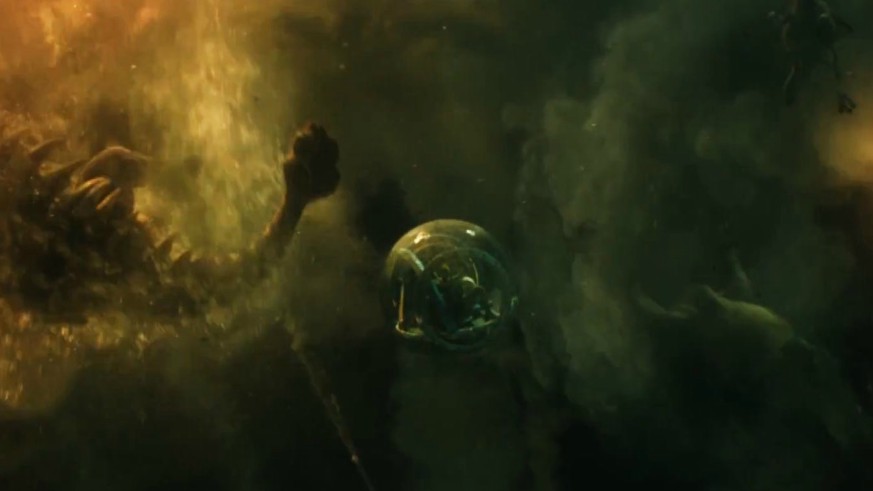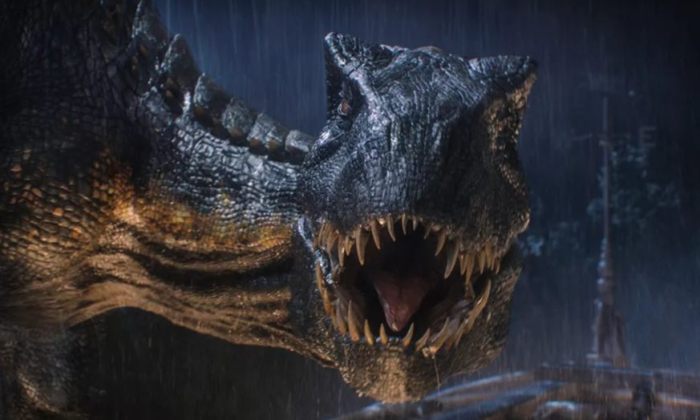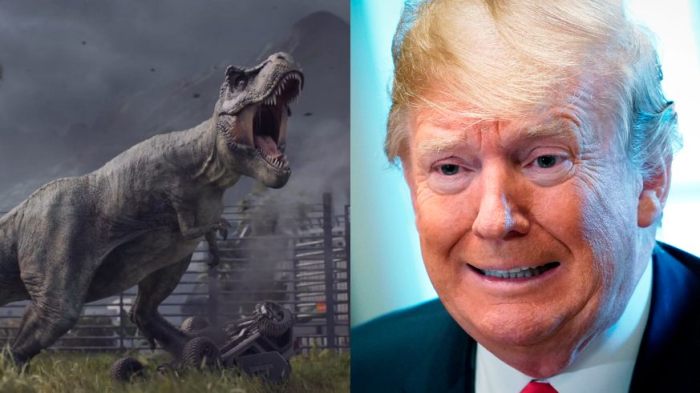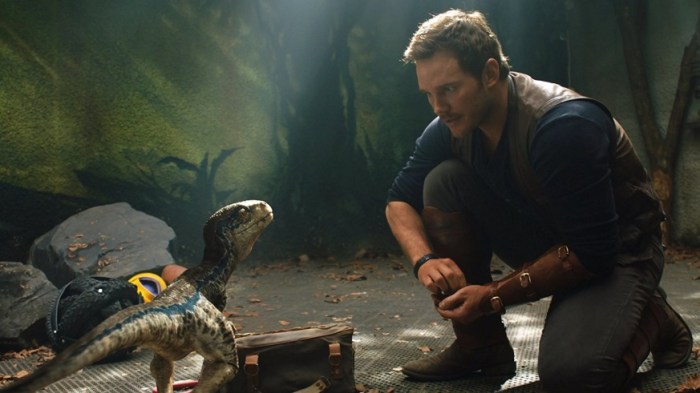WARNING: The following article contains slight SPOILERS ahead for Jurassic World: Fallen Kingdom, but only to describe a scene that is featured in its trailer.
J.A. Bayona already knew he had a huge task on his hands to create original action set-pieces for “Jurassic World: Fallen Kingdom.”
Because while the hugely anticipated blockbuster might be the sequel to “Jurassic World,” it is actually the fifth installment to the “Jurassic Park” franchise. A franchise that Colin Trevorrow, Joe Johnson and Steven Spielberg, twice, have previously worked their directorial magic on.
But those of you that have seen “The Orphanage,” “The Impossible” and “A Monster Calls” will know that Bayona is rather adept at creating jaw-dropping, expansive and heartfelt set-pieces that somehow feel both familiar but surprising and original at the same time.
“Jurassic World: Fallen Kingdom” is full of such scenes. From its tone-setting and captivating opening, to its claustrophobic but still fast-paced final act, and, of course, its most audacious set-piece of the lot, the dinosaurs stampeding down Isla Nublar as its volcano explodes, while our protagonists are trying to find their way off it, too.
The culmination of this scene is Bryce Dallas Howard’s Claire and Justice Smith’s Franklin being locked inside a submerging geosphere that’s sinking in the ocean, all while Chris Pratt’s Owen Grady tries to break them free.
During our interview Bayona admitted that he went to great lengths to make sure that the scene was as tense and claustrophobic as possible.
“There was one moment that was particularly challenging, which is the moment where Claire and Franklin sink in the water inside the geosphere,” the Spanish director recalled.
“We decided that had to look like a single take. We have the actors with the camera man inside this crystal ball that is sinking in the water. It felt very dangerous to me from the outside.”
“It had to look like a single take, but it is a take that is made up of 4 or 5 takes. But you cannot see the cuts. The angle we are using with the camera is very wide. So it was really difficult to hide the cuts in that space, because it was so tight and so small.”
“But it had to be like that. Because as a director you want to create emotions, and that was all about claustrophobia and making the audience feel the anguish that the characters are going through. That was a big challenge and one of the hardest things to do in the movie.”
Bayona has been building to a film the size of “Jurassic World: Fallen Kingdom” for quite some time, and he used every trick of the trade he has learnt over the years to assist his endeavors.
“I remember the second movie I did was ‘The Impossible.’ And I was coming from a very small film. And it was like a massive challenge to me for me to recreate the tsunami in that film. But I learned a lesson in that movie, because somehow I recreated a natural disaster.”
“That was a question of a lot of work and a lot of design. And having the best people around you, helping you in the process. We did that beat that beat until you get the result that you are looking for.”
“At the same time it is fun. I really love visual effects, they really make an impact on the audience, and can definitely go to places that you cannot go in other kind of movies.”
You can see what J.A. Bayona has achieved with “Jurassic World: Fallen Kingdom” now, as it has finally been released in cinemas worldwide.



















